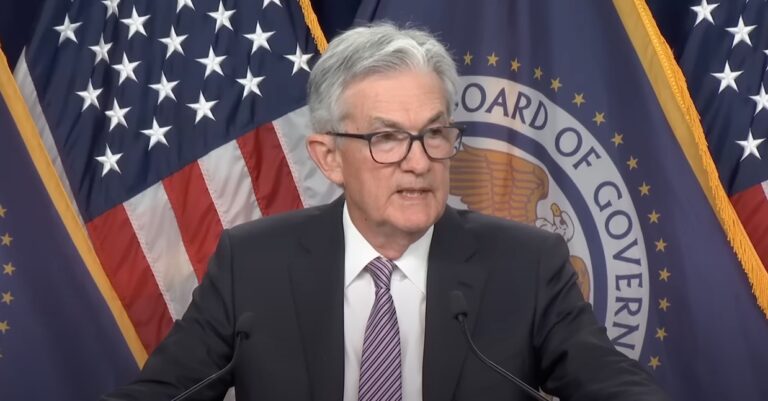In a March 7 hearing of the U.S. Senate Banking Committee (“Semiannual Monetary Policy Report to the Congress”), Federal Reserve Chair Jerome Powell offered a candid update on the Fed’s stance on Central Bank Digital Currencies (CBDCs). His statements provide crucial insights into the Fed’s priorities regarding a potential digital dollar amid growing public debate.
Key Takeaways from Powell’s Testimony:
- No Imminent CBDC Rollout: Powell emphasized that while studies continue, the US is “nowhere near” recommending or adopting a CBDC.
- Privacy as Paramount: He vehemently rejected the notion of a system where the government would monitor transactions, calling it unacceptable in the US. Powell explicitly contrasted this with China’s approach to its digital currency.
- Partnership with the Banking System: Should further development occur, Powell envisions a CBDC operating through existing banks, rather than the Federal Reserve directly holding individual accounts. This aims to preserve existing financial structures.
- Congressional Mandate Required: Powell reiterated that the Federal Reserve would not launch a CBDC without clear authorization from both Congress and the White House.
The Growing CBDC Debate
The issue of CBDCs has spurred heated discourse. Over the past several weeks, at various campaign stops, former U.S. President Donald Trump has repeatedly raised concerns about potential U.S. government overreach and surveillance if a US CBDC is allowed to happen. For example, in a campaign stop in New Hampshire on January 18, he emphasized his intention to “protect Americans from government tyranny” by opposing the creation of a CBDC, suggesting it could lead to government control over individual finances.
He said:
“As your president, I will never allow the creation of a central bank digital currency … Such a currency would give a federal government — our federal government — absolute control over your money. They could take your money, and you wouldn’t even know it’s gone.”
Powell’s comments directly address these concerns, demonstrating the Fed’s commitment to transparency and individual privacy within any potential system.
Why CBDCs Matter
CBDCs promise potential benefits, but come with complexities:
- Financial Inclusion: They could make banking more accessible to underserved populations.
- Efficiency: CBDCs could streamline payments and reduce cross-border transaction friction.
- Monetary Policy Tool: Central banks might gain enhanced control over money supply and interest rates.
- Challenges: Privacy safeguards, technological hurdles, and potential disruptions to the existing banking sector must be addressed.
Contextualizing the Fed’s Approach
- Global Landscape: The US is not alone in its CBDC research. China’s digital yuan is live, with Europe and the UK exploring their own versions. The Fed’s cautious stance indicates a desire to learn from early adopters.
- Balancing Privacy and Progress: Powell’s remarks underscore the delicate balancing act between embracing innovation and preserving civil liberties within a CBDC framework.
Looking Ahead
The future of a US CBDC remains uncertain. Powell’s testimony paints a picture of a Federal Reserve highly aware of public trust and focused on maintaining the status quo unless clear benefits and legislative mandates emerge.









